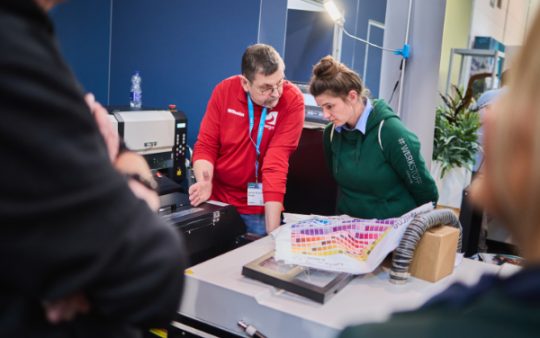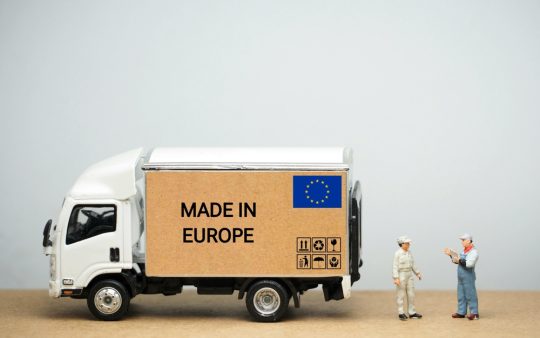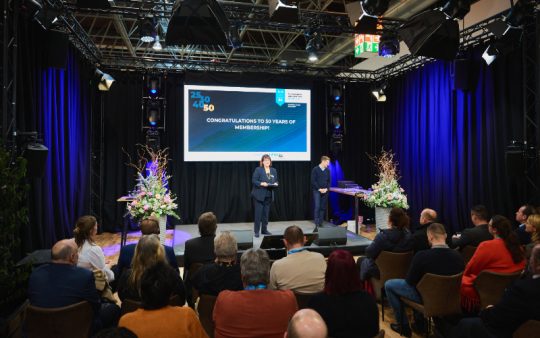From raw material to apparel and back: this is how wear2wear completes the circular textile economy

Published on 18.11.2019
When speaking of recycled polyester in the apparel industry today, we mostly mean polyester made of recycled PET bottles. But what about the re-use of worn apparel? The realisation of the beautiful idea of being able to re-use textile raw materials time and again in endless circles one day would save resources and allay people’s ecological fears about oil-based fibres. It’s only that such circularity-ready collections have not existed so far. Or have they?
The wear2wear initiative launched by highly specialised European companies from the textile and apparel industries started to put this idea into practice roughly two years ago. Participants include functional fabric specialist Schoeller Textil AG from Switzerland, laminate producer Sympatex Technologies, recycler and yarn manufacturer Heinrich Glaeser Nachfolger and Märkische Faser as well as the Dutch workwear specialist DutchSpirit, which also provided the inspiration for this concept. All of them give proof of the fact that worn polyester apparel can be recycled without quality losses on an industrial scale. The technical possibilities have long been in existence.
The most important prerequisite for recycling apparel is clean-grade material. This means: zippers, buttons and embroidery must also be made of polyester while all other components – e.g. reflective strips – must be easy to remove. “The less that’s added,” explains Erik Toenhake of DutchSpirit, “the better”. The worn garments are collected, mechanically shredded and molten.The process results in a high-quality granulate of polyester polymers that are spun into yarns again. This is technically feasible: “Recycling does not pose a problem on our part,” says Stefan Fichter of Märkische Faser. He commissioned the second polyester recycling line only two months ago.
Schoeller Textil AG, the joint stock company specialised in high-peformance wovens for sportswear and workwear, makes sure that these yarns are made into high-quality and comfortable fabrics. “In the Inspire group of wovens it offers recyclable wear2wear fabrics that are bluesign certified on top of that. “To get a better pricture,” explains Erik van Es of Schoeller Textil, “we have just produced our first wear2wear jacket.” It will celebrate its premiere at the forthcoming A+A in Düsseldorf. The players see particularly promising opportunities for workwear. “You need big amounts for recycling,” adds Toenhake, and return transport to the recycler’s company can be facilitated for companies in terms of logistics.
Compared to low-cost suppliers from the Far East the wear2wear fabrics produced in Europe are still more expensive. “The more people join in, the cheaper this will get,” remarks Toenhake and adds: “It was important to us to simply get started. Problems need to be addressed along the way.”
Author: Dr. Regina Henkel
Photo: DutchSpirit / Schoeller Textil AG














